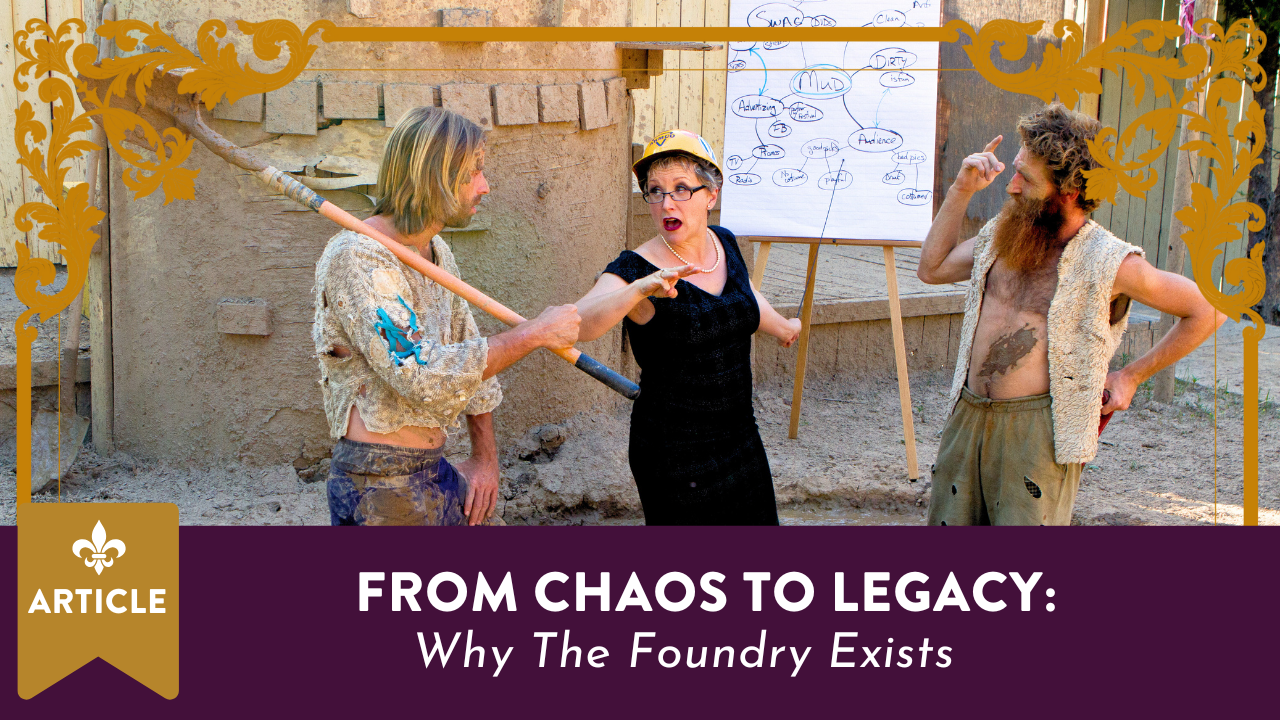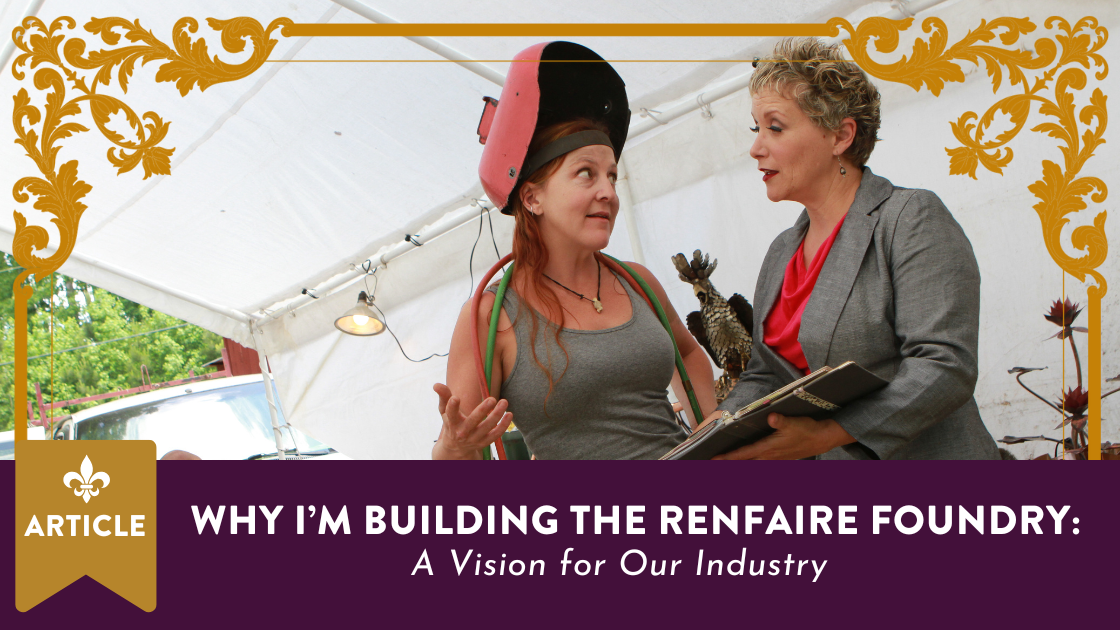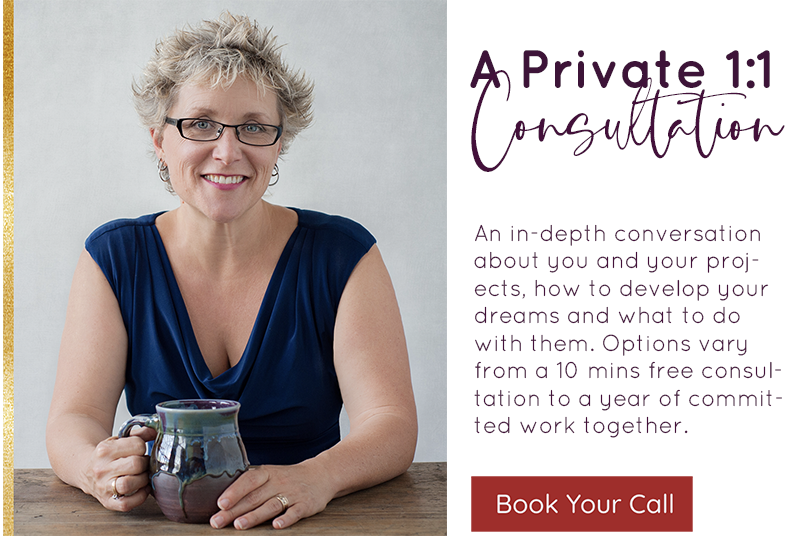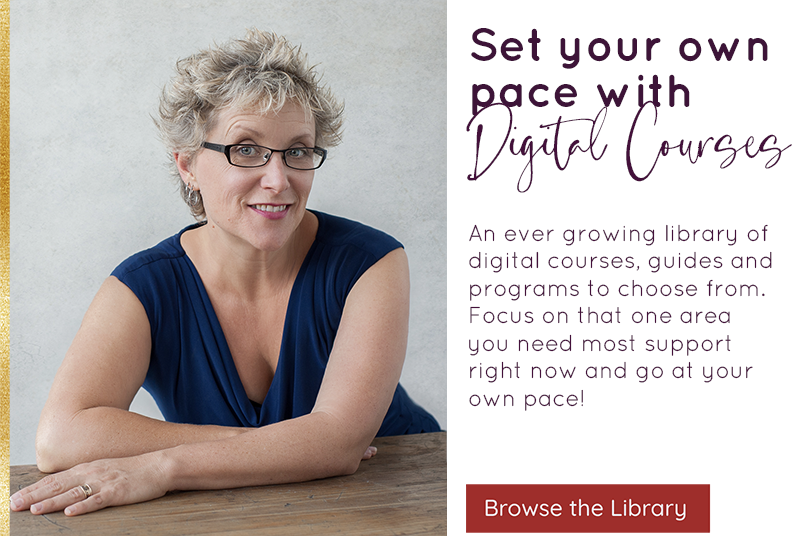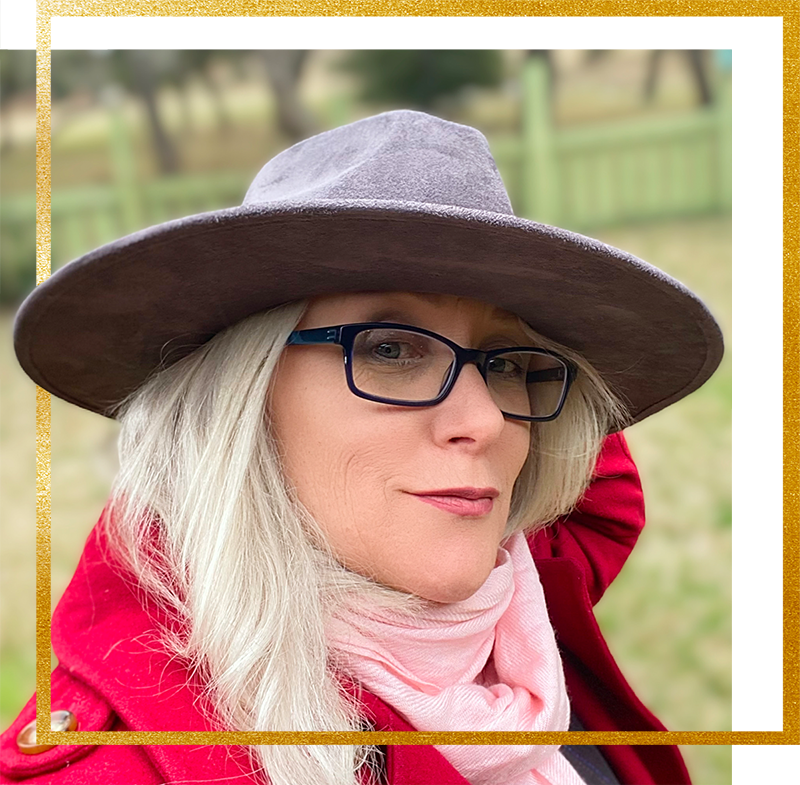⚜️Introduction: The Challenge of Creating Magic from Raw Land
When a Renaissance festival needs to relocate or build from scratch, it presents a unique set of challenges unlike any other entertainment venue development. This article shares insights from the relocation of the Georgia Renaissance Festival after its 12th year—a massive undertaking that involved moving an entire themed village while preserving its essence and improving upon its foundation.
This complex and multifaceted process requires balancing artistic vision with practical considerations, from infrastructure planning to vendor relationships, all while creating an immersive environment that feels authentic and magical rather than manufactured. The lessons learned during this process provide invaluable guidance for festival owners, site managers, and developers considering significant expansions or new festival developments.
🗺️ Site Selection: Finding Land That Supports the Experience
The selection of an appropriate site forms the foundation of a successful Renaissance festival. When the Georgia Renaissance Festival needed to relocate due to increasing land values, the team conducted extensive research to find a location that would preserve key elements of the guest experience.
A critical consideration was maintaining the “liminal space” that helped separate visitors from their everyday world:
“The Georgia festival was known for this half-mile walk through the woods before you got to the front gate, which was really part of that feeling of escape. You really had this liminal space before you entered this other world.”
The team ultimately selected a site that allowed guests to use the same highway exit they had been using for years, minimizing confusion while still providing the opportunity to design an entirely new festival environment. This decision balanced familiarity with the excitement of a fresh start. It meant giving up that “liminal space” type of setting, but trade-offs are part of all big decisions.
🌲Working With the Land: Adapting Plans to Terrain Reality
Initial site designs based on geophysical maps often require significant modification once clearing begins and the actual terrain becomes visible. The Georgia Renaissance Festival team discovered several anomalies in the layout or terrain that necessitated adjustments to their original plans.
One major change involved the placement of the joust field:
“We uncovered a natural amphitheater that was going to be a great space for us to put the tilt yard. And that was not the way that the plan was drawn in the beginning. In the beginning, the plan was drawn with the joust much earlier in the show… before the creek. And if you walk that site now, that makes no sense at all.”
Working with natural features rather than against them proved essential, particularly regarding:
– Elevation changes: The team designed pathways that followed gradual elevation changes rather than steep climbs, creating a more comfortable guest experience while preserving trees.
– Natural amphitheaters: Identifying and utilizing natural depressions for performance areas
– Water features: Incorporating existing creeks rather than trying to reroute them
– Tree preservation: Minimizing elevation changes around established trees to preserve the natural canopy
This adaptability demonstrates how successful festival design balances vision with the reality of the landscape, creating synergy rather than forcing preconceived plans onto unsuitable terrain.
👷🏼 The Building Coordinator Role: Bridging Vision and Reality
A critical position during major development or relocation is the Building Coordinator—someone who serves as liaison between vendors, festival management, and building officials. This role combines vendor relations with design oversight and code compliance expertise.
During the Georgia relocation, the building coordinator:
Conducted “machete tours” of the undeveloped site to help vendors envision the new festival and generate excitement
Managed building code compliance for vendors unaccustomed to formal permitting processes
Coordinated vendor placement based on product mix, building design, and vendor preferences
Maintained consistent design standards while allowing for vendor individuality
Served as liaison with building inspectors to prevent costly mistakes
“Building coordinator is still one of the most delightful things I’ve ever done… You need a building coordinator if you’re starting a renaissance fair, and you need one if you’re doing a major expansion or improvement campaign … Otherwise it’s going to be too much on your site manager that already has a full-time job and your vendor coordinator who already has a full-time job.”
Even established festivals benefit from having someone responsible for overseeing the approximately 10% of structures that need rebuilding each year, ensuring design consistency and code compliance.
⚜️ The “Pinball Theory” of Festival Layout
One of the most fascinating aspects of Renaissance festival design is the “pinball theory” of visitor flow:
“The metaphor works like this: our guests coming into a renaissance festival are pinballs. Our job is to move them around without them knowing that they’re being moved intentionally… we’re going to have bumpers, (industry term is 360s) which are structures that have 360 degrees of guest facing design out here in the middle of a path, like a cart or a tent, and somebody walks up to it, and then they, as Americans, will then bump to the right. We yield to the right. We drive on the right. We tend to go to the right when we come up against the challenge to our path.”
This approach treats the festival layout as a subtle guidance system rather than a forced pathway, incorporating:
– “Bumpers” (360-degree structures) strategically placed to influence traffic flow
– Anchor attractions (major stages) positioned to draw visitors through different areas
– Food courts placed at natural circulation points with large amounts of backstage space available for their logistics
– Booth lines designed to create natural pathways while accommodating the terrain
The Georgia Renaissance Festival adapted mall design principles, creating “amoeba arms” with major stages acting as anchor attractions at the end of each pathway. This approach ensures visitors naturally explore the entire festival while feeling they’re making their own choices about where to go.
🔎 Infrastructure Planning: The Hidden Framework
Developing infrastructure that supports a Renaissance festival while remaining largely invisible to guests requires extensive planning:
💡Utility Considerations:
– Water supply loops to provide adequate pressure throughout the site
– Strategically placed utility poles hidden behind tall structures
– Telephone and internet access for vendor credit card processing
– Electrical service sized appropriately for food vendors and entertainment needs
🚛 Operational Requirements:
– Ring roads for emergency vehicle access, vendor restocking, and back-of-house operations
– Loading areas behind food vendor locations for deliveries and refrigeration units
– Designated vendor parking separate from guest parking
– First aid facilities that blend into the themed environment
“You’re going to use more room at the back of house than you think you are. Trust me.” Making the ring road larger than initially needed provides flexibility for future expansion.
✨ Creative Solutions for Efficient Operations
The Georgia Renaissance Festival implemented several innovative approaches that balanced operational efficiency with period aesthetics:
🍗 Food Service Areas:
“We called in a big red metal building company, and had them pour a giant slab, like 120 feet long by 40 feet deep, and build a building on it… And then left the front of it unfinished … we built [the facade] to look like a row of shops. So instead of a monolithic structure, the building looks like a bunch of small shops.”
This approach created:
– Efficient kitchen designs without interior support poles
– Space for walk-in refrigeration
– Simplified management structure
– The appearance of multiple small period shops from the guest perspective
🏰 Dual-Purpose Structures:
– Souvenir stand built into the exit gate
– Ticket booth incorporated into the entrance
– First aid station designed with period-appropriate facade
These solutions demonstrate how modern operational needs can be accommodated while maintaining the immersive Renaissance environment.
🤝 Vendor Relations: Building a Community
Perhaps the most crucial aspect of developing a Renaissance festival is managing the relationship with vendors who will invest in building permanent structures on the property:
“Part of my job was, I took crafters and food vendors on what we called machete tours of the new site… because we were asking people who had already invested in the site show to go invest again.”
Festival management must:
1. Build trust that vendors will recoup their investment
2. Balance vendor preferences with overall design cohesion
3. Establish clear parameters for shop construction and maintenance
4. Create appropriate vendor mix throughout the festival
5. Develop access policies for off-season construction and maintenance
The Georgia Renaissance Festival relocation demonstrated how this process can build community among vendors:
“It was a community of artists that all came together to make their new world together… consequently that Christmas, we were all together, which is not normally something that we get to experience… we were having potlucks regularly.”
This sense of shared creation strengthens vendor commitment and enhances the authentic feel of the completed festival.
👑 Design Principles for Renaissance Authenticity
Certain design elements are essential for creating an authentic Renaissance atmosphere:
🏘️ Building Characteristics:
– Two-story structures: “In Renaissance England, everyone lived above their shop… they were selling out of the bottom floor of their home.”
– Steep roofs: Practical in their time and still valuable today—*”The steeper the roof is, the less often you have to replace it.”*
– Varied rooflines: Creating visual interest along booth lines
🎨 Color and Decoration:
– Distressed paint techniques to give new structures a weathered appearance
– Traditional color palette appropriate to the period
– Reserving bright colors for actors, products, decorations and signage rather than building exteriors
🎭 Theatrical Elements:
– Frontstage/backstage division: Creating a “pretty side” for guests and a functional “ugly side” for operations
– Visible upper living spaces: Even if only used for storage
– Period-appropriate facades for modern operational buildings
These principles help create a cohesive environment where the buildings serve as a backdrop for the human interactions and products that bring the festival to life.
📋 Building Code Compliance: A Modern Necessity
While early Renaissance festivals operated with minimal regulatory oversight, modern festivals must comply with local building codes—a challenge for many traditional festival builders:
“My job was… teaching carpenters twice my age how to meet building code. Because up until then… Renaissance festivals were built out in the woods, and people could just kind of cobble together something and sell out of it.”
Working with building inspectors effectively is crucial:
“Every building inspector has come to inspection from some specific department… they might have been an electrician… if you can know what that thing is for your building inspector, you can keep him really happy as long as you really meticulously check all the boxes in his favorite category, then he’s going to be more patient with the other places that you might need some guidance.”
Proactive coordination with inspectors prevents costly mistakes:
“Any questions a builder would have for a building inspector I would get answered before the inspector walked by their site, so that they weren’t in the midst of making a screw up, because that affected the judgment that building inspector made about that builder moving forward.”
This approach builds positive relationships with local officials while ensuring safe structures.
📈 Conclusion: The Ongoing Evolution of Festival Spaces
Renaissance festivals require continuous renewal and adaptation even after initial development. Approximately 10% of structures need rebuilding annually, creating an ongoing need for design oversight and coordination.
This process of renewal presents both challenges and opportunities—allowing festivals to maintain their charm while incorporating new ideas and addressing emerging needs. When managed thoughtfully, this evolution preserves the magic that makes Renaissance festivals unique while ensuring their continued operation for future generations to enjoy.
—
🗝️ Key Considerations for Renaissance Festival Management
🚜 Site Development & Planning
• Terrain Adaptation: Work with natural features rather than fighting them; adjust plans after clearing to match reality
• Traffic Flow Design: Implement “pinball theory” with strategic placement of attractions to guide movement naturally
• Infrastructure Placement: Plan utility access that supports operations while remaining invisible to guests
• Ring Road Sizing: Build larger than initially needed to accommodate future expansion
• Elevation Management: Design pathways with gradual elevation changes to preserve trees and improve guest experience
🛠️ Building & Design Oversight
• Architectural Standards: Establish clear guidelines for building appearance, materials, and color palette
• Dedicated Position: Assign a building coordinator for new developments and major expansions
• Code Compliance: Develop relationships with building inspectors and proactively address requirements
• Design Consistency: Balance vendor individuality with overall festival aesthetic
• Structural Renewal: Plan for approximately 10% of structures to be rebuilt annually
💁 Vendor Relationships
• Investment Communication: Clearly explain the business case for vendor participation
• Placement Strategy: Consider product mix, building design, and traffic flow when assigning locations
• Access Policies: Establish clear rules for off-season access for maintenance and improvements
• Community Building: Create opportunities for vendors to develop relationships with each other
• Design Support: Provide resources to help vendors create appropriate structures
🏕️ Operational Foundations
• Back-of-House Space: Allocate more space than initially anticipated for operational needs
• Food Service Design: Create efficient kitchen operations behind period-appropriate facades
• Emergency Access: Design for ambulance and service vehicle movement throughout the site
• Utility Planning: Ensure adequate water, power, and communication services for all vendors
• Campground Facilities: Include appropriate accommodations for traveling vendors and performers
🗓️ Long-Term Sustainability
• Phased Development: Plan for growth in stages rather than attempting to complete everything initially
• Flexible Spaces: Design areas that can be repurposed as needs evolve
• Documentation: Maintain records of design decisions, building specs, and infrastructure location
• Knowledge Transfer: Ensure critical information survives staff transitions
• Renewal Process: Establish procedures for ongoing renovation and rebuilding
This article is part of The Renfaire Foundry’s comprehensive resources for festival operators and developers. For personalized consulting on festival development or relocation, contact Rhonni DuBose through Rhonni.com/services.


